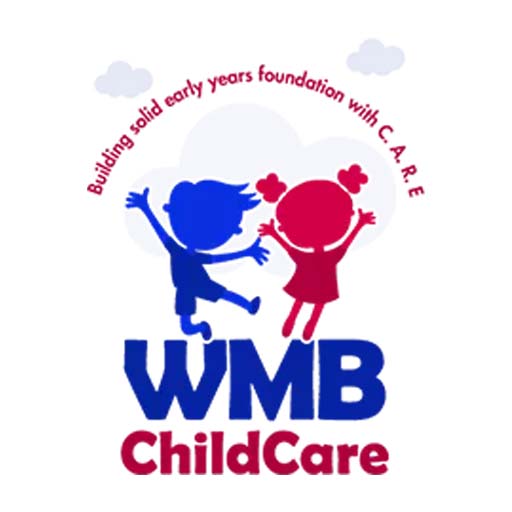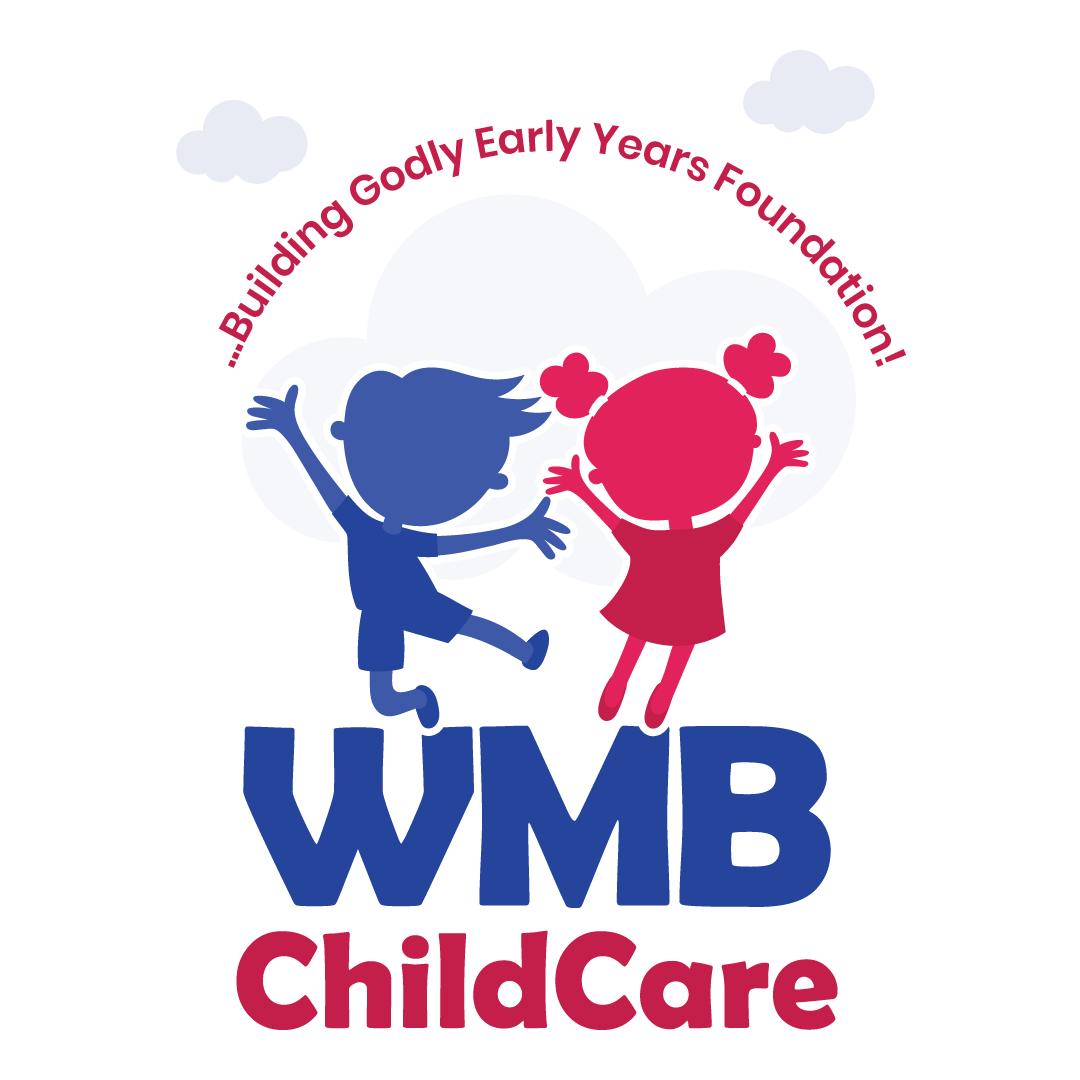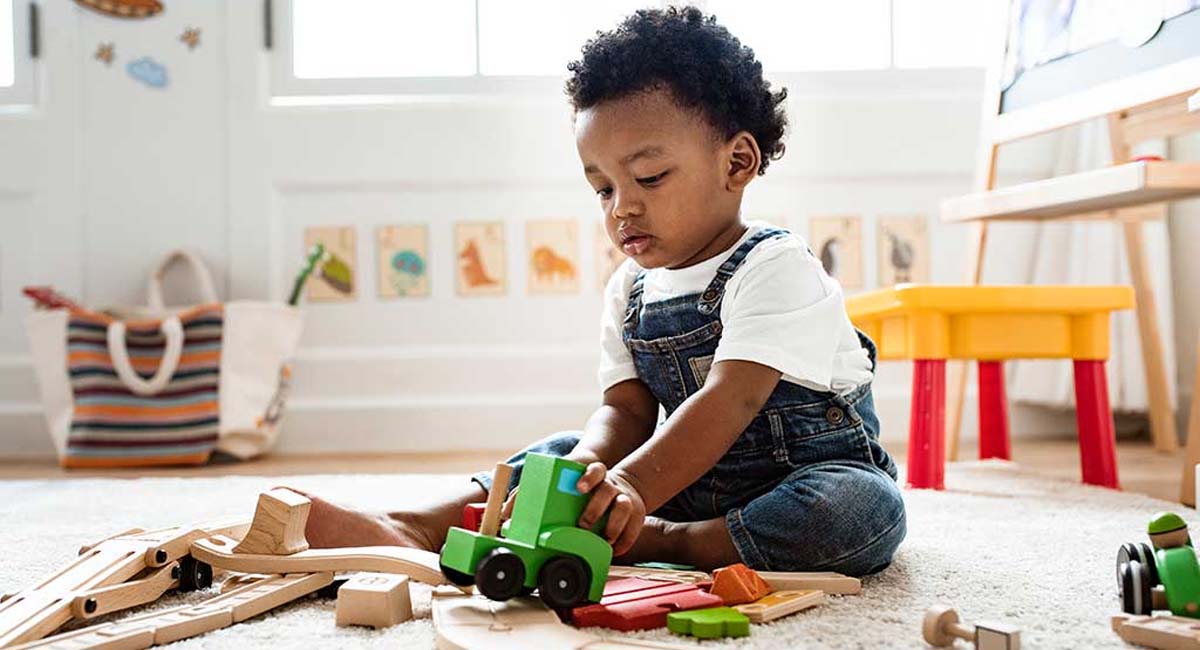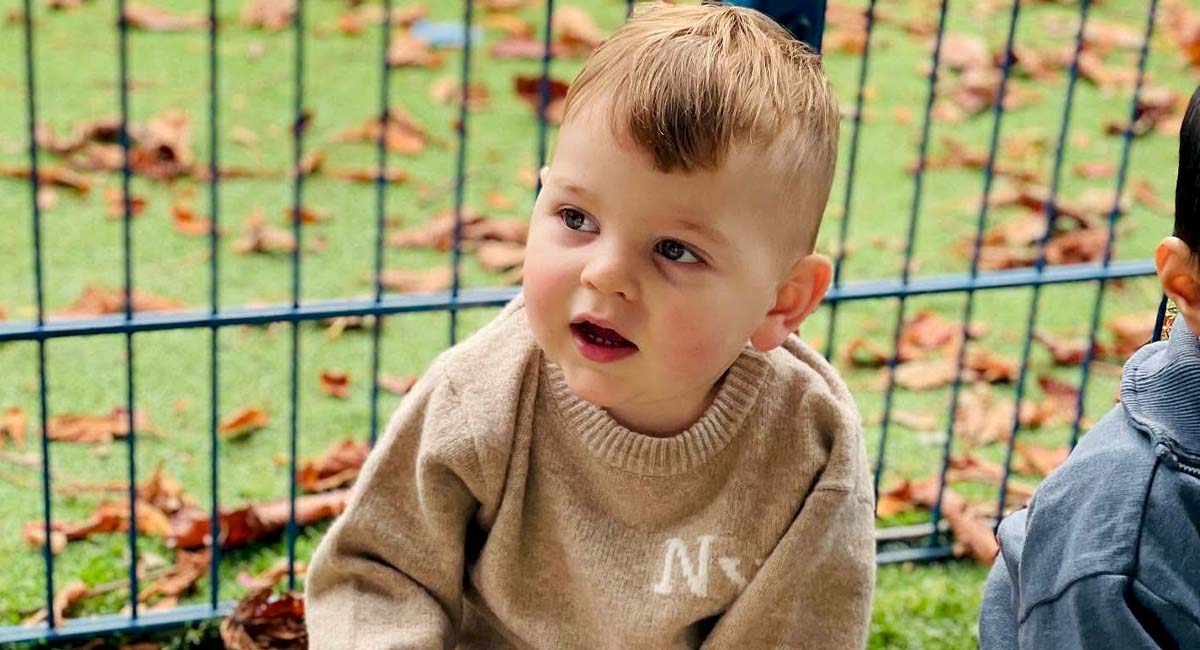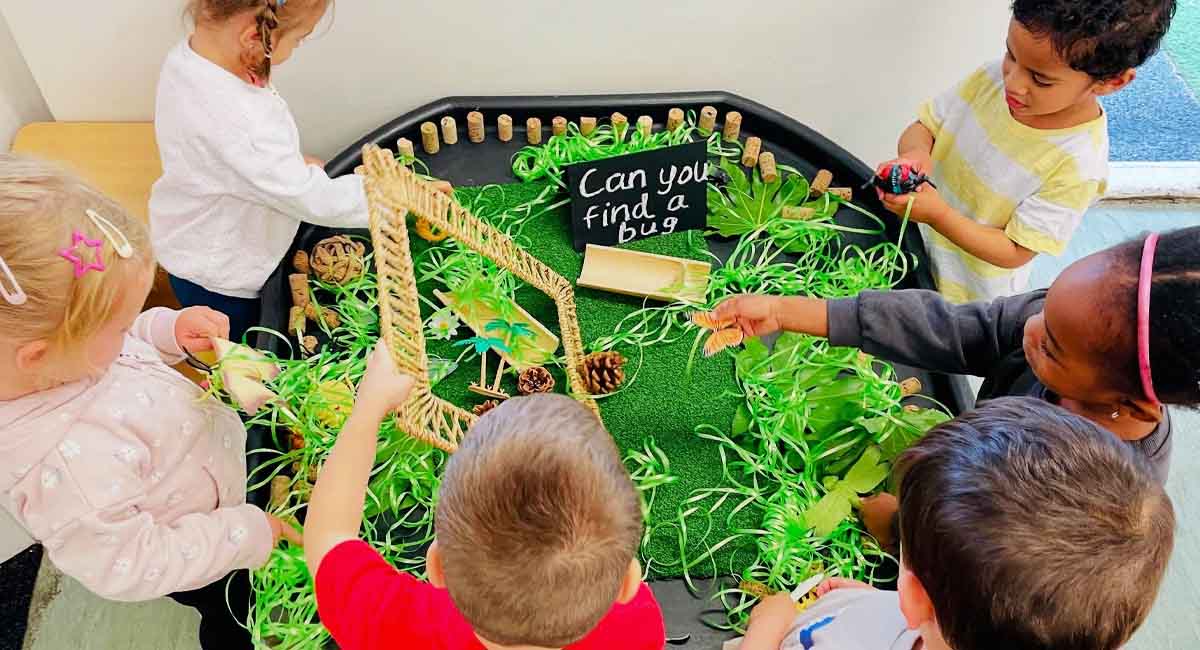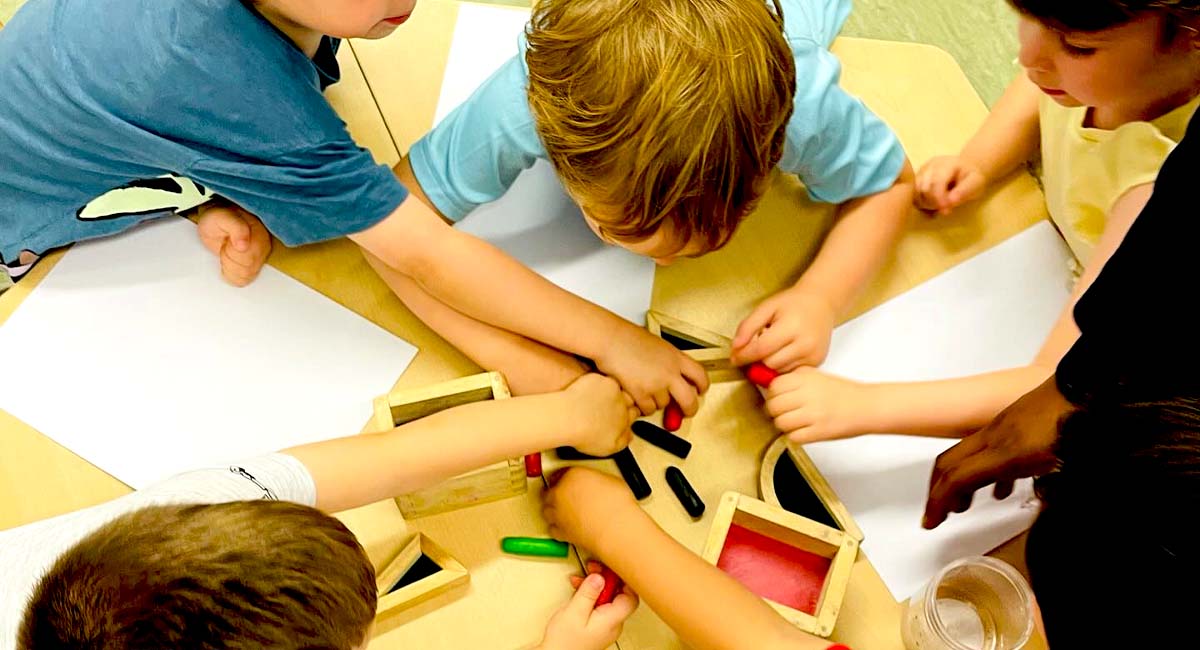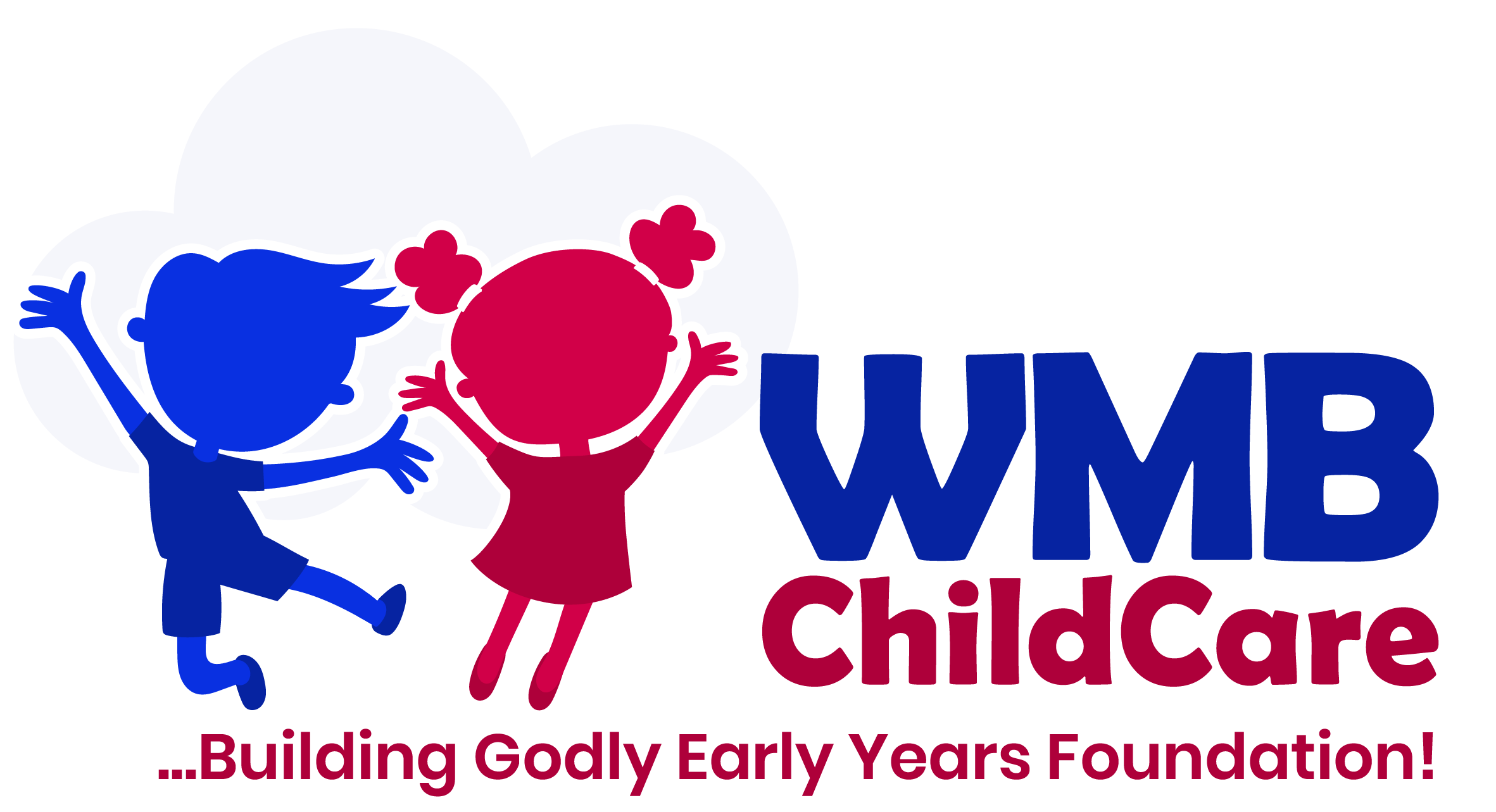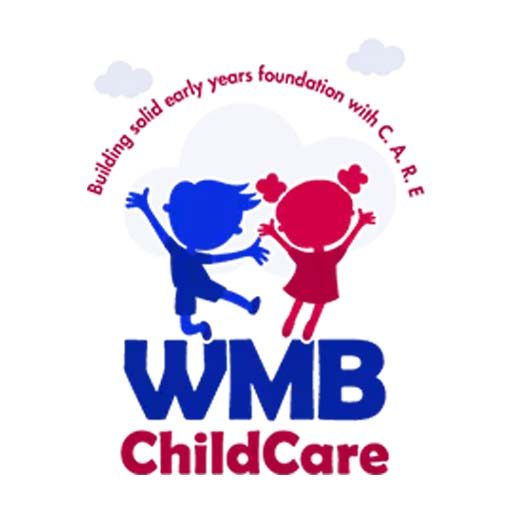Parent Guide to Mindfulness in the Early Years
Helping Your Child Build Calm, Focus, and Emotional Strength — One Moment at a Time
At WMB Childcare, we believe every child deserves more than just education—they deserve emotional resilience, inner calm, and joyful self-awareness. Mindfulness offers just that, and it starts earlier than you might think.
1. What is Mindfulness for Children?
Mindfulness means being fully present—noticing thoughts, feelings, and surroundings without judgment. While adults often practise it through meditation, children benefit from a more playful, sensory approach. And when introduced early, it becomes a lifelong skill for managing emotions and developing focus.
2. Why Does Mindfulness Matter in the Early Years?
From age two, a child’s brain is in rapid development—absorbing the world, reacting to big feelings, and learning how to relate to others. Mindfulness helps children:
✓ Regulate Emotions: From tantrums to tears, it helps children slow down and recognise how they feel.
✓Build Focus: Even simple breathing exercises improve attention span and task completion.
✓ Foster Empathy: Tuning into their own feelings helps them relate kindly to others.
✓ Sleep Better: Mindful routines before bed reduce anxiety and promote calm rest.
3. Easy Ways to Practise Mindfulness at Home
You don’t need candles or meditation mats—just curiosity, connection, and fun:
✓ Bubble Breaths: Blow bubbles together and watch them float. Say, “Let’s breathe like a bubble—slow and gentle.”
✓ Magic Colour Hunt: Go on a walk and find five red things, four green, etc. Bring their attention to what they see and feel.
✓ Mindful Mornings: Start the day by asking: “How does your tummy feel? What’s one thing you’re excited about?”
✓ Glitter Jar: Shake a homemade jar of glitter in water and watch it settle. It helps visualise calming the mind.
✓ Five Senses Pause: Stop and name: one thing you see, hear, smell, taste, and feel. A quick reset during overwhelming moments.
4. How We Practise Mindfulness at WMB Childcare
At WMB, mindfulness is part of our everyday rhythm, woven naturally into play, routines, and reflection:
✓ Calm Transitions – We use soft chimes and music to move from one activity to another peacefully.
✓ Mindful Moments – Children take “feelings check-ins” with visuals like mood faces and colour charts.
✓ Storytime with Heart – Our circle time includes mindful listening, storytelling, and sharing feelings.
✓ Mini Yoga & Movement – Gentle stretches and breathing games help release energy and build body awareness.
✓ Reflection Journals – Staff help children express their days with drawings or simple stories, supporting emotional literacy.
5. Your Role as a Parent
Children mirror what they see—so when you engage in mindfulness with them, the benefits multiply.
✓ Be Present: Pause phones and distractions. Your attention is the most powerful mindfulness tool.
✓ Keep it Playful: Turn activities into games and keep sessions short (2–5 minutes is perfect!).
✓ Be Consistent: Daily habits create strong roots. Even one mindful minute before bed matters.
✓ Talk About Feelings: Help your child name what they feel—and know it’s okay to feel it.
6. Final Thought
Mindfulness isn’t about perfection—it’s about presence. By helping your child pause, breathe, and notice their world, you’re giving them a priceless gift: the ability to respond with calm, confidence, and care—no matter what life brings.
WMB Childcare – Nurturing strong minds, kind hearts, and joyful beginnings. 🌈
